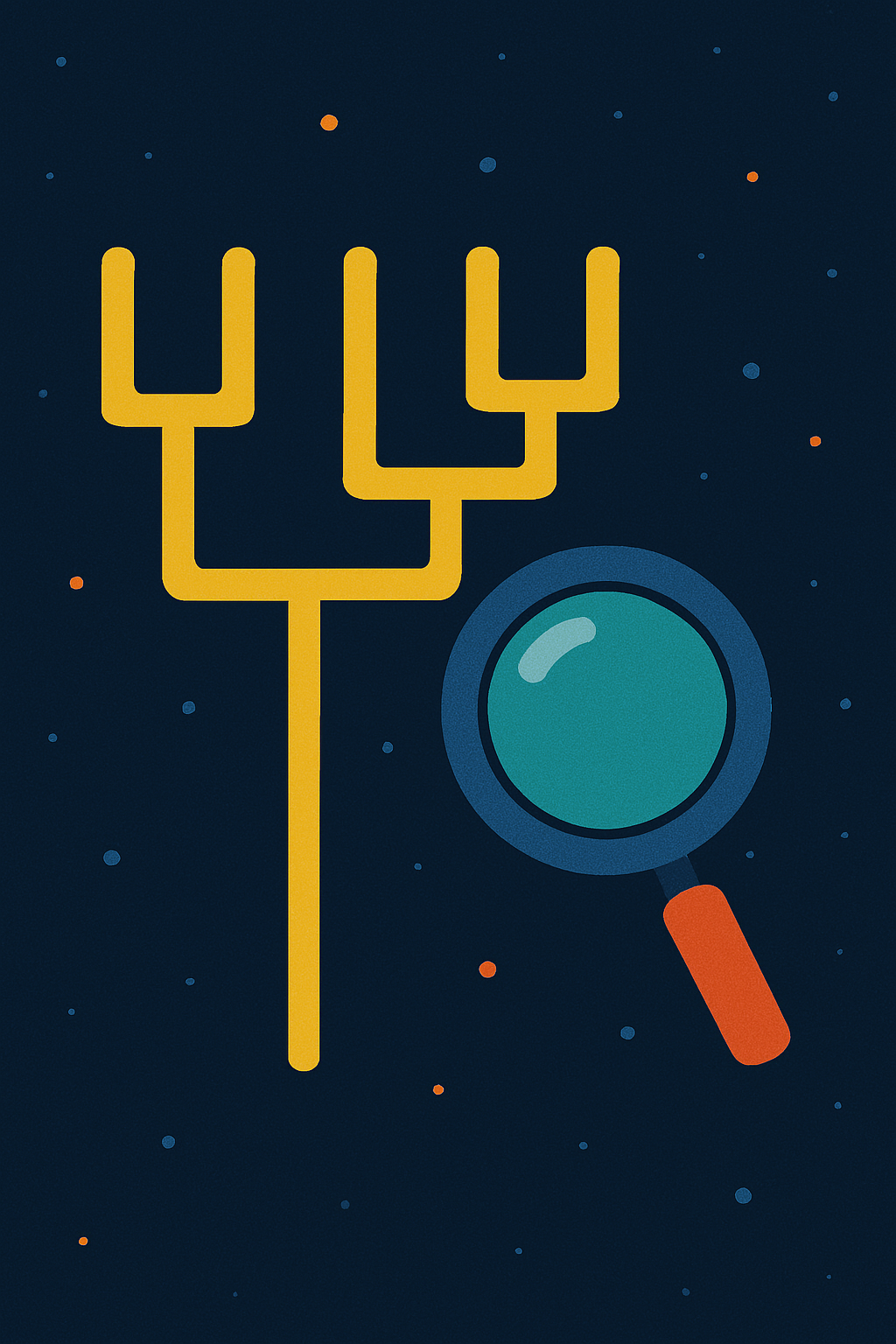Rucete ✏ Campbell Biology In a Nutshell
Unit 5 THE EVOLUTIONARY HISTORY OF BIOLOGICAL DIVERSITY — Concept 26.6 Our Understanding of the Tree of Life Continues to Change Based on New Data
The way we understand the evolutionary history of life is constantly evolving itself, shaped by new discoveries in genomics, systematics, and horizontal gene transfer. The traditional tree of life has been updated—and in some ways, reimagined—based on molecular evidence.
From Two Kingdoms to Three Domains
- Early classification grouped life into two kingdoms: Plants and Animals.
- By the 1960s, this expanded to five kingdoms: Monera, Protista, Plantae, Fungi, and Animalia.
- However, genetic data revealed that Monera (prokaryotes) was not a valid group:
- Bacteria and Archaea are as different from each other as they are from eukaryotes.
- This led to the three-domain system:
- Bacteria, Archaea, and Eukarya (includes animals, plants, fungi, and protists).
- Most of life’s history consists of single-celled organisms, even within the Eukarya domain.
Problems with the Old Kingdoms
- Monera is obsolete because it included both Bacteria and Archaea—two distinct domains.
- Protista is also invalid because it's not monophyletic; many protists are more closely related to plants, animals, or fungi than to each other.
- Only Plantae, Fungi, and Animalia remain recognized from the original five-kingdom model.
Recent Discoveries: Archaea and Eukaryotic Origins
- New archaeal groups like Thaumarchaeota and Lokiarcheaota have been discovered through metagenomics.
- Lokiarcheaota may represent the sister group of eukaryotes, giving insight into how eukaryotes evolved from prokaryotes.
The Role of Horizontal Gene Transfer (HGT)
- Horizontal gene transfer (HGT) moves genes between organisms by mechanisms such as:
- Viral infection
- Plasmid exchange
- Endosymbiotic fusion
- Studies suggest that ~80% of prokaryotic genes have moved between species at some point.
- This explains why phylogenetic trees based on different genes can yield conflicting relationships.
HGT in Eukaryotes Too
- HGT isn’t limited to prokaryotes—it occurs in eukaryotes as well:
- Over 200 documented cases of transposon transfer in animals, plants, and fungi.
- Example: Aphids gained carotenoid-producing genes from fungi through HGT, allowing them to synthesize pigments that most animals can't.
- The alga Galdieria sulphuraria acquired ~5% of its genes from bacteria and archaea, enabling it to thrive in extreme environments.
Rethinking the Tree of Life
- Because of HGT, the base of the tree of life may be better represented as a web or network, not a simple branching tree.
- Ongoing research continues to reshape our understanding of the deepest branches of life’s history.
In a Nutshell
New genetic data has reshaped the tree of life, replacing outdated kingdom models with a more accurate three-domain system. Discoveries like horizontal gene transfer reveal that evolution is not a simple branching process, but a tangled web of genetic exchange—especially early in life’s history. Our understanding of life’s relationships continues to evolve with every genome sequenced.

